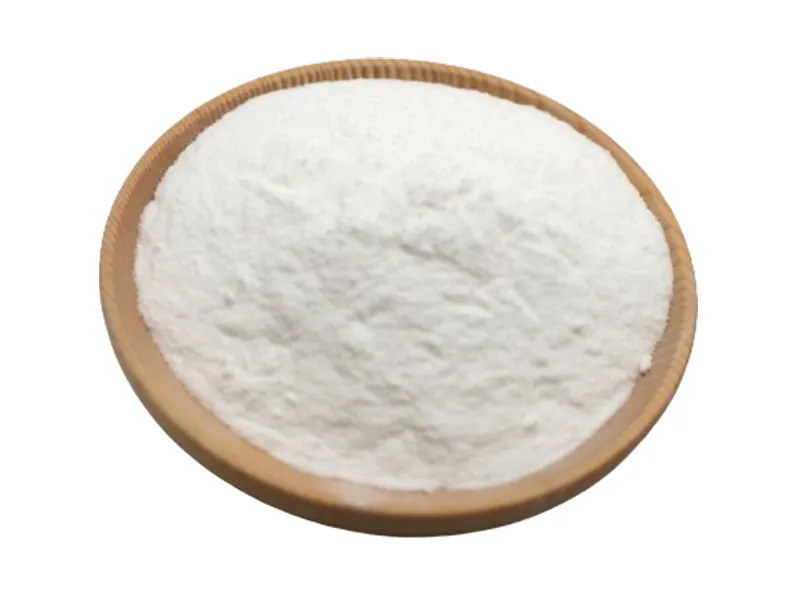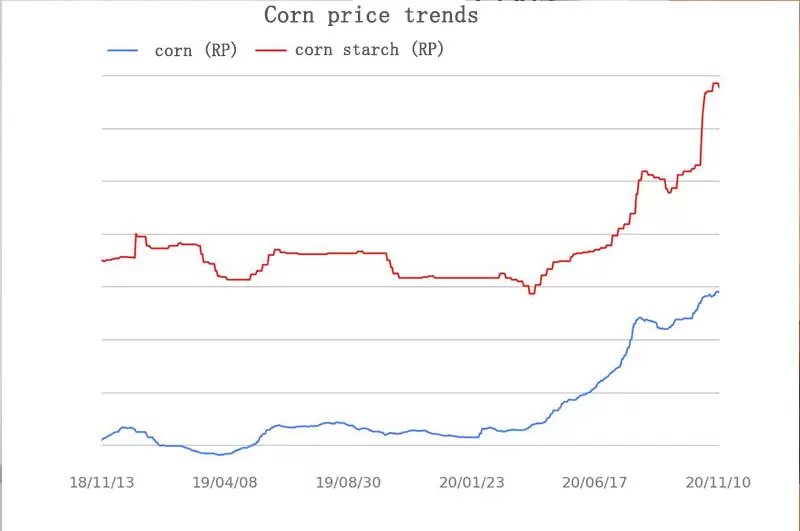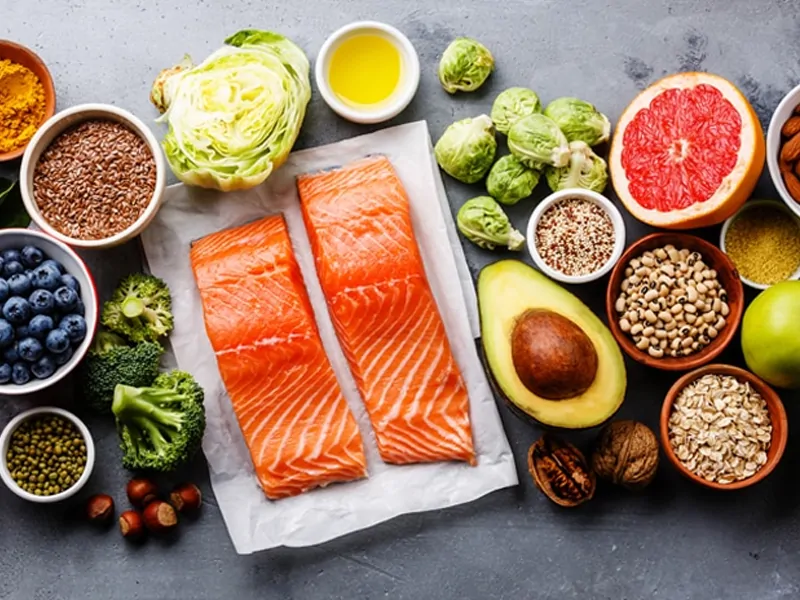Monk fruit sweetener, hailed as the “holy grail” of zero-calorie sweeteners, has taken the health world by storm. But as organic monk fruit extract powder fills pantry shelves, skeptics wonder: Is it too good to be true? Let’s cut through the hype, unpack its potential downsides, and reveal why “organic” is your safeguard against hidden risks.
The Monk Fruit Sweetener Dilemma: Pros vs. Cons
The Good
- Zero Calories, Zero Guilt: Doesn’t spike blood sugar or insulin (ideal for diabetics and keto).
- Antioxidant Rich: Mogrosides (sweet compounds) fight inflammation better than stevia.
- Natural Origin: Extracted from Siraitia grosvenorii, a melon-like fruit used in TCM for centuries.
The Bad
- Aftertaste Issues: Some detect a licorice-like or metallic note, especially in cheaper blends.
- Cost: Up to 5x pricier than erythritol or stevia (blame labor-intensive farming).
- Hidden Fillers: Many brands cut pure extract with maltodextrin or dextrose—defeating its health purpose.
Organic Monk Fruit Extract Powder vs. Conventional Blends
| Factor | Organic Monk Fruit Extract Powder | Non-Organic Monk Fruit Sweetener |
|---|---|---|
| Purity | 100% mogrosides (no fillers) | Often blended with erythritol/maltodextrin |
| Taste | Clean, fruity sweetness | Bitter/metallic due to solvents |
| Farming Practices | Sustainably wild-harvested | Pesticide-treated monocrops |
| Price per Serving | 0.15–0.15–0.15–0.20 | 0.05–0.05–0.05–0.10 (but hidden costs) |
3 Hidden Downsides (and How Organic Fixes Them)
1. “Natural” Doesn’t Mean Pure
- Issue: Non-organic monk fruit is often extracted with ethanol or acetone.
- Organic Solution: Water-based or CO2 extraction preserves antioxidant mogrosides.
2. Gut Health Risks from Fillers
- Issue: Maltodextrin in conventional blends harms gut bacteria diversity.
- Organic Solution: Pure powder with no additives protects your microbiome.
3. Ethical Sourcing Concerns
- Issue: Overharvesting threatens wild monk fruit in Guangxi, China.
- Organic Solution: Certified brands support regenerative wildcrafting.
Who Should Avoid Monk Fruit Sweetener?
- Histamine Intolerance: May trigger reactions in sensitive individuals.
- SIBO Patients: Mogrosides could feed certain gut bacteria (anecdotal reports).
- Baking Purists: Lacks sugar’s caramelization; best for cold recipes.
How to Use Organic Monk Fruit Extract Powder Safely
- Start Small: ⅛ tsp = 1 tsp sugar (intensity varies by brand).
- Mask Aftertaste: Pair with citrus zest, vanilla, or cinnamon.
- Bake Smart: Combine with coconut sugar for browning and moisture.
Why “Organic” Matters for Monk Fruit
Non-organic monk fruit crops are often sprayed with chlorpyrifos (a neurotoxic pesticide). Certified organic extract powder guarantees:
✅ No synthetic chemicals (mogrosides degrade with pesticides)
✅ Non-GMO and filler-free
✅ Fair trade partnerships with Chinese farming communities
FAQs
Q: Does monk fruit cause laxative effects like sugar alcohols?
A: No—pure monk fruit extract lacks sugar alcohols’ gut-irritating properties.
Q: Safe for kids?
A: Yes, but avoid under age 2 due to taste preferences.
Q: Shelf life?
A: 3+ years in airtight glass (no clumping).
Q: Can I grow monk fruit at home?
A: Unlikely—it thrives only in subtropical China.
Monk fruit sweetener isn’t perfect—its aftertaste and cost can deter some—but organic monk fruit extract powde minimizes downsides by ditching fillers, chemicals, and unethical sourcing. For diabetics, keto warriors, and clean-label devotees, it’s the gold standard of natural sweetness.
Related Products
Organic Monk Fruit Extract
Zero-Calorie Natural Sweetener for Clean-Label Food, Beverage & Supplement Applications
Organic Maltodextrin Powder
Versatile Clean-Label Carbohydrate for Food, Beverage & Nutraceutical Applications



